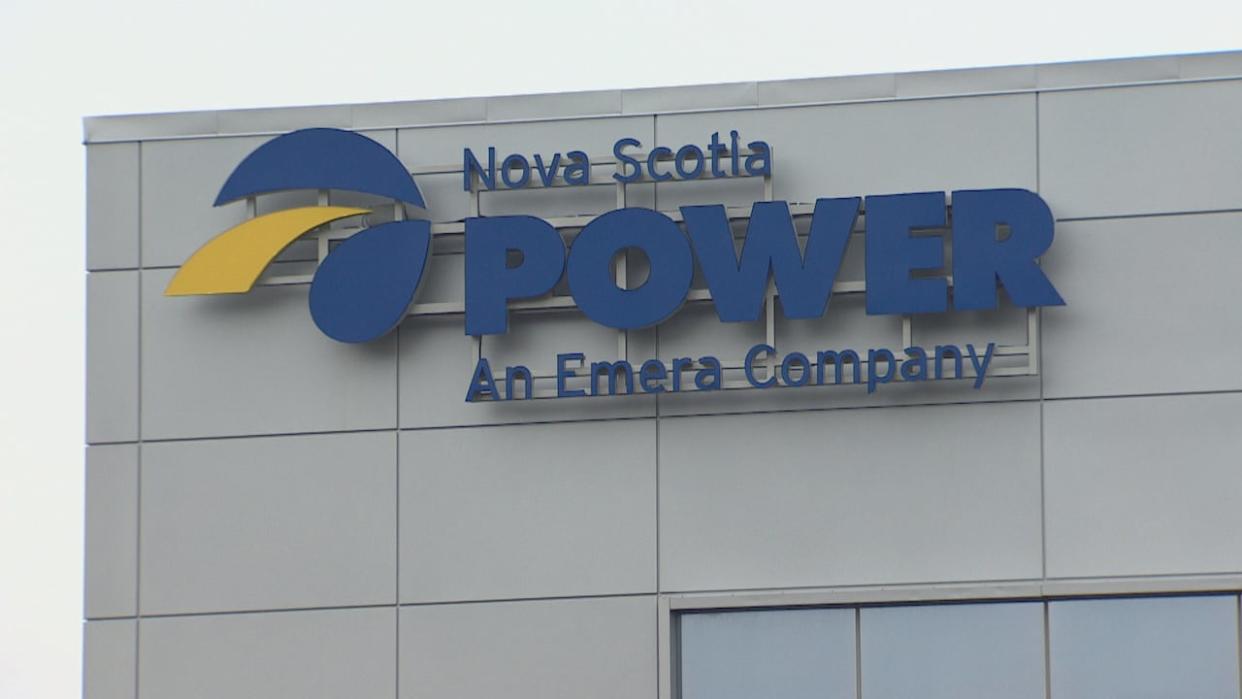N.S. Power wants $31M from ratepayers for Michelin plant upgrade

Nova Scotia Power applied to regulators Friday for permission to spend $31 million for an electrical upgrade at the Michelin Tire plant at Waterville.
If approved, the French tire maker will benefit, but all ratepayers will share the cost because of what Nova Scotia Power says is an unprecedented performance standard imposed by the Houston government in 2022.
The province says its standards are designed to help large industrial operations that have complained about brief power interruptions leading to production shutdowns and financial losses.
Transmission customer performance regulations compel Nova Scotia Power to "deliver stable voltage to a transmission customer under standard operating conditions and during any transient disruptions."
Nova Scotia Power is required to ensure voltage is nearly instantaneously restored after a disruption.
The company has 18 months to fix the problem once an industrial customer notifies the Nova Scotia Utility and Review Board — or face up to $25,000 a month in fines.
Frequent power disruptions
On Feb. 20, Andrew Mutch, president of Michelin North America (Canada) Inc., informed the board in a letter that its Waterville plant "has received power quality that is less than the range specified" in the regulations.
Mutch said the disruptions have become increasingly frequent in the last several years.
"The voltage disturbances experienced at the Waterville plant cause sensitive equipment to shut down, resulting in loss of tire production. Additionally, the direct impact to resources and labour to get equipment back online, as well as the scrap of raw materials and tires, all result in a significant loss to Michelin," Mutch wrote.
Nova Scotia Power says the solution at Michelin is the installation of a dynamic voltage restorer, which will boost load during brief voltage sags.
The technology injects voltage within 1/100th of a second during a disruption.
Manitoba Hydro was brought in as an outside expert to evaluate options.
Rate and profit caps
"The voltage sag issues are not the result of deficiencies in N.S. Power's transmission and distribution system; rather, they are the result of lightning strikes to the transmission system," Nova Scotia Power said Friday in its application to regulators.
"N.S. Power believes that the TCPR (transmission customer performance regulations) are unique to Nova Scotia. To the company's knowledge, there are no equivalent transmission customer power quality performance standards in other jurisdictions."
When performance regulations were introduced in fall 2022, the Houston government was in the legislature imposing rate and profit caps on Nova Scotia Power.
Performance standards
The caps coincided with regulatory hearings for Nova Scotia Power's first general rate application in a decade.
The utility and review board approved rate increases anyway to cover Nova Scotia Power's fuel costs. The bond-rating agencies downgraded Nova Scotia Power's credit rating because of provincial government interference in what is supposed to be an independent regulatory process.
Natural Resources Minister Tory Rushton said at the time the performance standards ensured Nova Scotia Power was accountable to its largest customers.
Under the regulations, fixing Michelin's problems at Waterville is considered a "network resource" with the cost — $31,170,675 — shared by all Nova Scotia Power customers including residential ratepayers.
MORE TOP STORIES

